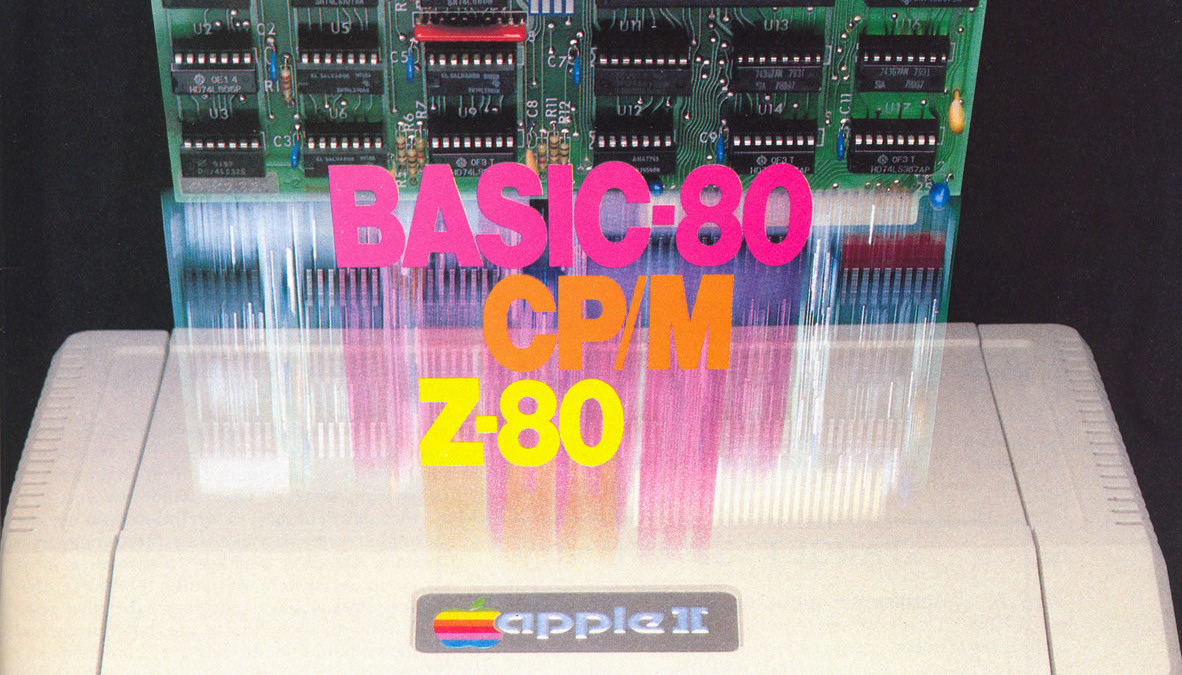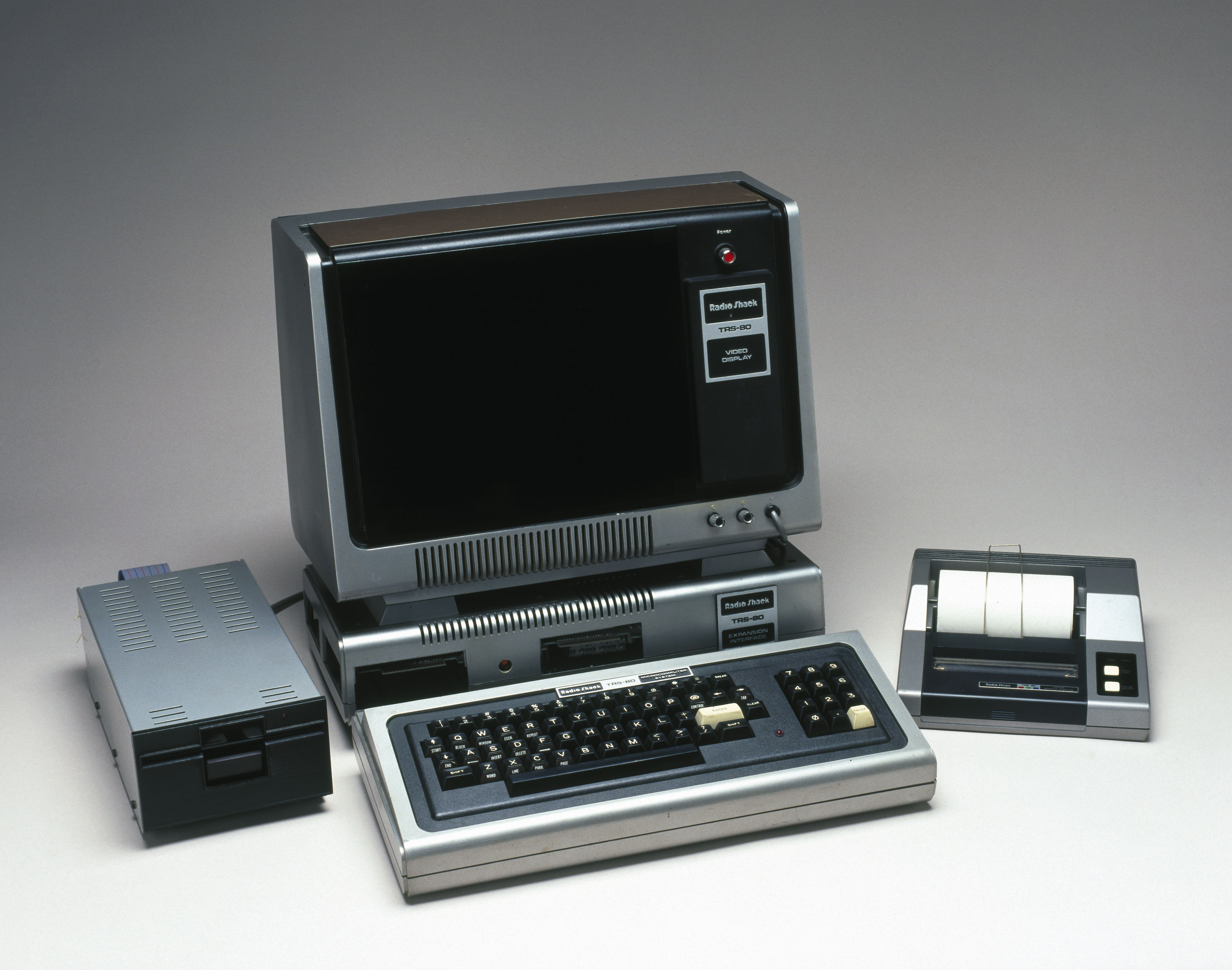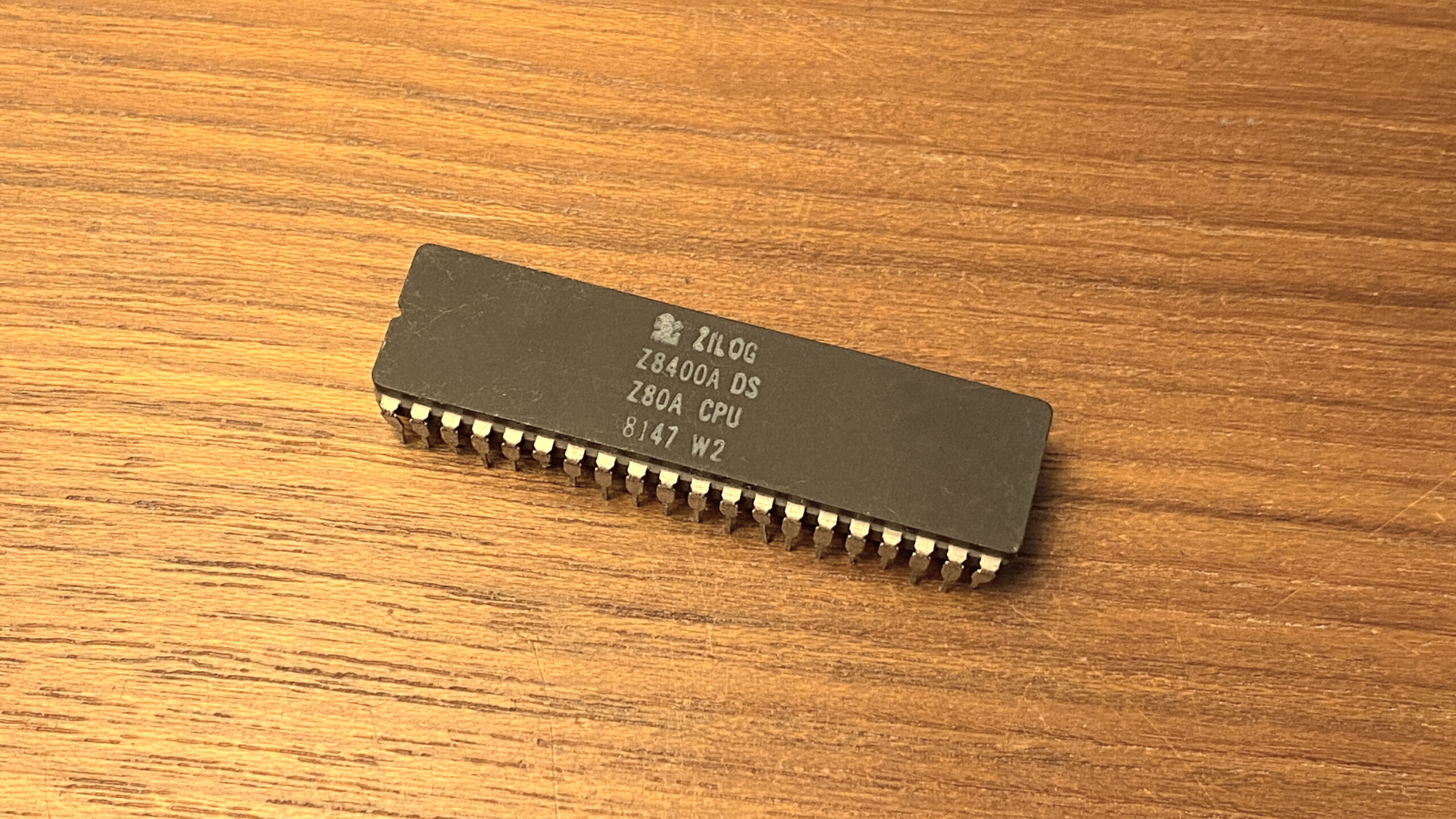
Last week, chip manufacturer Zilog announced that after 48 years on the market, its line of standalone DIP (dual inline package) Z80 CPUs is coming to an end, ceasing sales on June 14, 2024. The 8-bit Z80 architecture debuted in 1976 and powered a small-business-PC revolution in conjunction with CP/M, also serving as the heart of the Nintendo Game Boy, Sinclair ZX Spectrum, the Radio Shack TRS-80, the Pac-Man arcade game, and the TI-83 graphing calculator in various forms.
In a letter to customers dated April 15, 2024, Zilog wrote, "Please be advised that our Wafer Foundry Manufacturer will be discontinuing support for the Z80 product and other product lines. Refer to the attached list of the Z84C00 Z80 products affected."
Designers typically use the Z84C00 chips because of familiarity with the Z80 architecture or to allow legacy system upgrades without needing significant system redesigns. And while many other embedded chip architectures have superseded these Z80 chips in speed, processing power, and capability, they remained go-to solutions for decades in products that didn't need any extra horsepower.
Zilog will continue to manufacture the eZ80 microcontroller family, which was introduced in 2001 as a faster version of the Z80 series and comes in different physical package configurations (pin layouts).
Powering a microcomputer revolution
The 8-bit Z80 microprocessor was designed in 1974 by Federico Faggin as a binary-compatible, improved version of the Intel 8080 with a higher clock speed, a built-in DRAM refresh controller, and an extended instruction set. It was extensively used in desktop computers of the late 1970s and early 1980s, arcade video game machines, and embedded systems, and it became a cornerstone of several gaming consoles, like the Sega Master System.

During the mid-late 1970s, the Z80 became a popular CPU for S-100 bus machines, which were early personal computers with a 100-pin modular bus system that allowed swapping cards to build systems based on parts from various manufacturers. Digital Research targeted the Z80 as a key platform for its CP/M operating system, and the association between Z80 and CP/M stuck, powering dozens of small business computers until the mid-1980s, when IBM PC clones running Microsoft's MS-DOS became the new industry standard.
Interestingly, Microsoft's first hardware product, the Z80 SoftCard for the Apple II in 1980, added the famous Zilog CPU to the classic personal computer and allowed users to run CP/M on that machine. In 1982, Bill Gates claimed that SoftCard installations represented the largest single user base of CP/M machines.
Last call in June 2024
Zilog is notably discontinuing several Z84C00 chips that are still available in classic 40-pin DIP packages resembling the classic Z80 CPU chips of the 1970s. (These standalone chips include a CPU and nothing else, unlike a microcontroller, which can include RAM and other accessory devices.) The DIP design features two rows of 20 pins with a plastic package in between that contains the actual embedded silicon chip, resembling the classic Z80 CPU chips of the 1970s.
After June 14, Zilog will stop taking orders, manufacture whatever orders are available if they are sufficient in quantity, then ship the last runs of the chips to resellers like Mouser Electronics and Digikey.

The discontinuation list provided by Zilog in its letter includes 13 products from the Z84C00 series, which are chips in the Z80 family that run at clock speeds from 6 to 20 MHz and maintain compatibility with the original Z80 architecture. Here's the full list of part numbers that will be discontinued:
- Z84C0006VEG
- Z84C0006PEG
- Z84C0010PEG
- Z84C0008AEG
- Z84C0020VEG
- Z84C0008PEG
- Z84C0010AEG
- Z84C0008VEG
- Z84C0010VEG
- Z84C0010VEG00TR
- Z84C0020AEG
- Z84C0020PEG
- Z84C0006AEG
So while the Z80 architecture will stick around in eZ80 form, it appears that this is the last call for newly manufactured standalone 8-bit Z80 CPU chips in the classic DIP form factor. We reached out to Zilog for clarification about its plans for the future of the Z80 platform but did not receive a response by press time.



3175x175(CURRENT).thumb.jpg.b05acc060982b36f5891ba728e6d953c.jpg)

Recommended Comments
Join the conversation
You can post now and register later. If you have an account, sign in now to post with your account.
Note: Your post will require moderator approval before it will be visible.